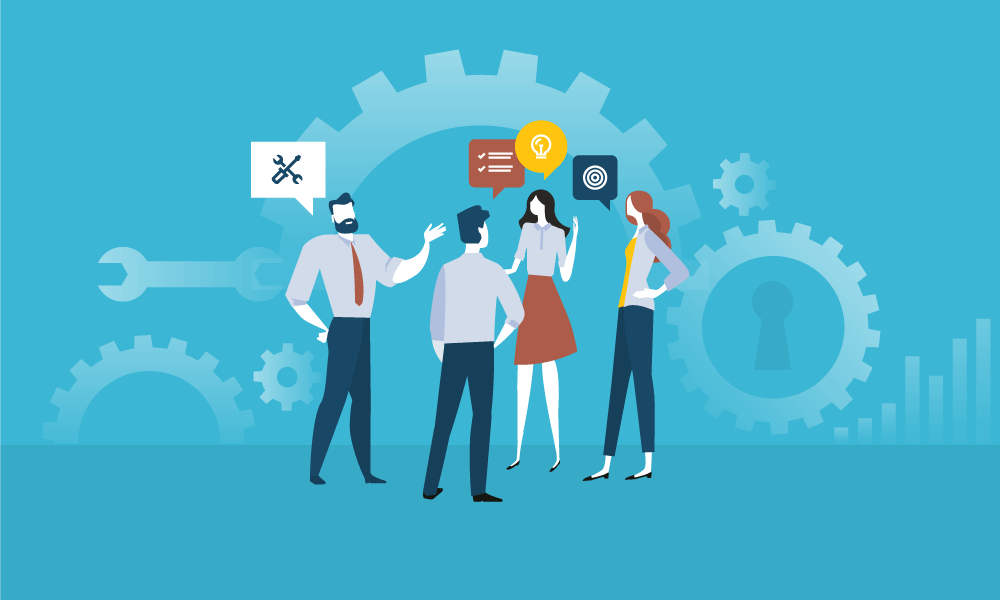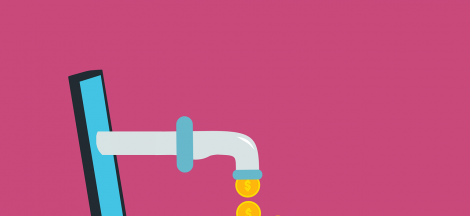A product life cycle is the series of changes that a product undergoes throughout its lifetime. The product life cycle starts with development and continues until the product is removed from the market. The product development, marketing, and sales team work collaboratively to solve customer problems and expand its reach globally across the product’s lifetime.
The entire product team should adopt a product mindset over a project mindset. The product is their responsibility throughout its lifetime and goes beyond the initial launch. Businesses that focus on product mindset are likely to succeed and even increase the product’s lifetime as it continues to add value to customers’ lives.
There are six stages of the product life cycle, and this write-up covers all these stages in detail.
Six Stages of Product Life Cycle
The six stages of the product life cycle include:
1. Development
Once the product development process completes requirements analysis, design, coding, and testing the next step is to strategize its launch. Businesses allocate budgets and spend money on post-launch marketing plans. Because the product is not launched yet, there will be no revenues to add up.
Marketing strategies for the development stage:
- Create a landing page for the product.
- Build a buzz around the product across social media channels.
- Create short videos that focus on “how does your product solve the customer problems.
2. Introduction
The introduction stage is when the product is first launched in the market. The ultimate aim at this stage is to increase initial adoption rates. The introduction starts with creating brand awareness and expanding reach. The team needs to identify the digital channels where the customers would be available and carefully craft a strategy that attracts audience attention.
Marketing strategies for the introduction stage:
- Content marketing
- Launch product on “Product Hunt”
- Leverage copywriting
- Influencer marketing
3. Growth
Growth happens when the customers have started adopting the product, and the awareness increases, either through word of mouth or through other marketing strategies. Also, the development team works on adding new features alongside implementing growth activities.
Marketing strategies for the growth stage:
- Creating BOFU (Bottom of the Funnel) content such as testimonials and case studies.
- Email marketing, personal DMs across social media channels, and cold calling.
- Organize podcasts and webinars for educating the audience.
- Create interactive content in the form of social media posts and videos.
4. Maturity
This is the stage where revenue starts doubling up and product adoption rates continue to increase. When the product achieves maturity, the CAC (customer acquisition cost) is finally lower than the CLV (customer lifetime value). In other words, businesses are spending less, whereas revenues continue to grow.
The marketing strategies at the maturity stage shift its focus from awareness to making competitor differentiation.
Marketing strategies for the maturity stage:
- Set pricing packages that are affordable compared to competitors
- Introduce unique features
- Fix bugs and act on customer feedback
- Plan entry in new market segments
- Collaborate with other brands for increasing reach
5. Saturation
At the saturation stage, the product reaches a stable position, i.e., the existing customers stick to your product, but no new customers add to your network. The sales data show more or less a constant figure across quarters.
Saturation happens when competing products in the market perform better, use better technologies, innovatively solve the problem, or have winning marketing strategies in place. A product can also transit to the growth stage by implementing the required changes and filling the gaps.
Marketing strategies for the saturation stage:
- Offer exceptional customer service.
- Rely on word-of-mouth marketing.
- Create short videos that focus on competitor differentiation.
- Offer competitive pricing.
6. Decline
This is the most feared stage of the entire product lifecycle. When the product reaches the decline stage, it is time to pull it down from the market as revenues are continuously declining. At this stage, the product growth stagnates, and the churn rate doesn’t seem to slow down.
The only options at this stage are to discontinue the product entirely, sell the company, or iterate through the development and bounce back in 6 months or so.
Marketing strategies for the decline stage:
- Create posts that talk about the product’ s success over the years
- Advertise about a 2.0 version of the product (in case you plan to continue)
- Reduce prices and offer the product for free in its last leg
Conclusion
The product life cycle covers the stages from the development of a product to its decline. Every product-based company goes through the above-mentioned stages, i.e., development, introduction, growth, maturity, saturation, and decline. However, there is always a way to avoid decline through accepting change and innovating on the fly.
Whether you are undergoing new product development or improving an existing product, consider product life cycle stages to guide your marketing strategies.
Product development is just the beginning; real business starts after that.
Suggested:
10 Amazon Marketing Tips to Sell More Products.
5 Ways to Improve Workplace Productivity When You Have to Work Remotely?





 Multifox Theme Review – Free Multipurpose WordPress Theme (Beginner Friendly)
Multifox Theme Review – Free Multipurpose WordPress Theme (Beginner Friendly)
Thank You for explaining this in detail. Keep writing informative articles on such topics. Keep sharing!